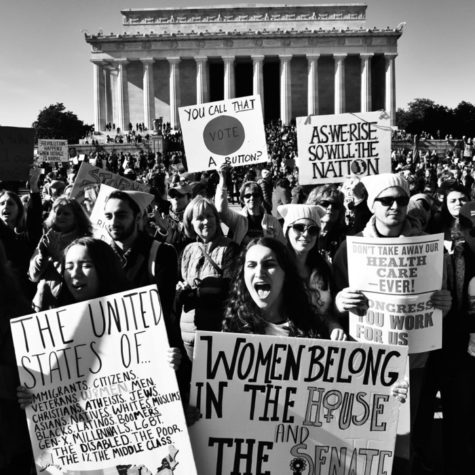The Evolution of the Women’s March
March 18, 2019
The Women’s March in the United States started with a broad, yet important, goal. Originally, the movement aimed to send a bold message to the new administration in our country on their first day in office. The main protest took place in Washington D.C. and is commonly known as the Women’s March. Other states followed Washington’s lead, with many women participating from around the country. Women’s March supporters fought for the soul of the country and the future of the entire movement. As activists and organizers now head to marches, there seem to be other fights playing out amongst the battle against sexism.

Reporter Emanuella Grinberg sums up the “evolution” in her CNN article regarding changes throughout the Women’s March. She discusses the march’s present goals: “2019 is the year for agitating for unapologetically progressive policies that benefit women across race, class and sexual orientation, among other identities, leading to the 2020 election” (Grinberg).
Now, the movement has expanded its focus to include more than just women fighting for equality. The Women’s March is about promoting rights for every minority, a call-to-action to get the attention of a government that is not always responsive to the changing times. Supporters of similar marches are emphasizing how, now more than ever, unity is needed to go forth in order to make a powerful impact for the generations to come.


